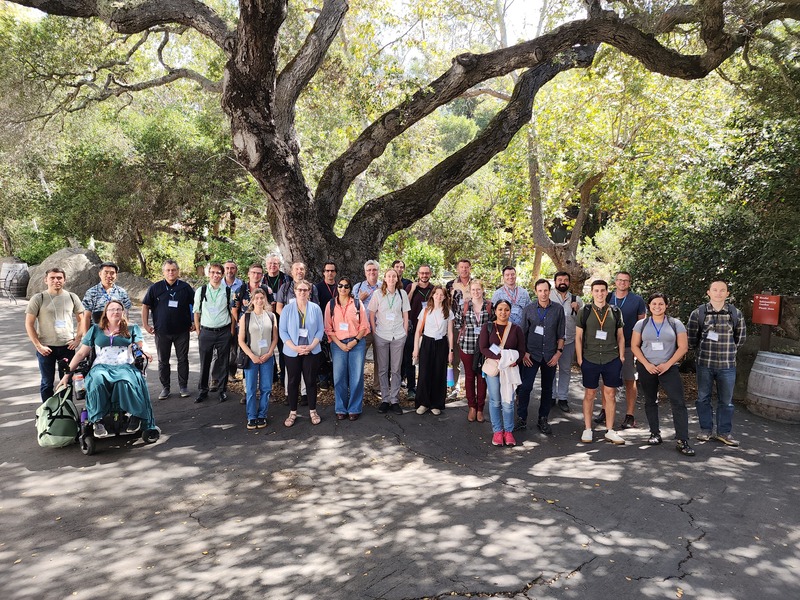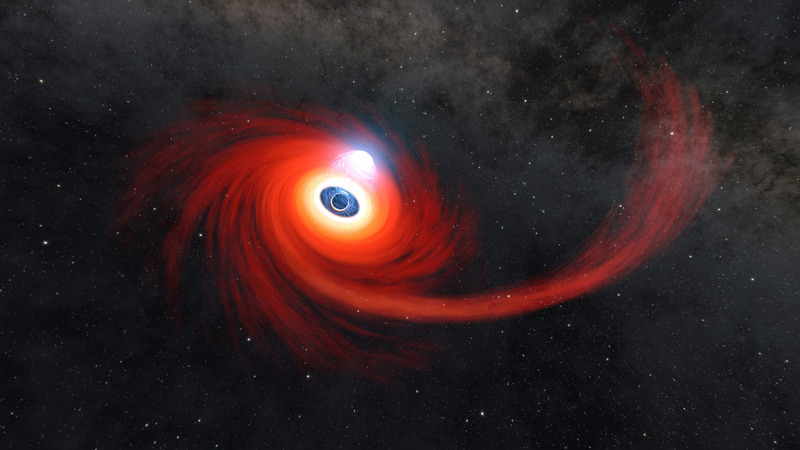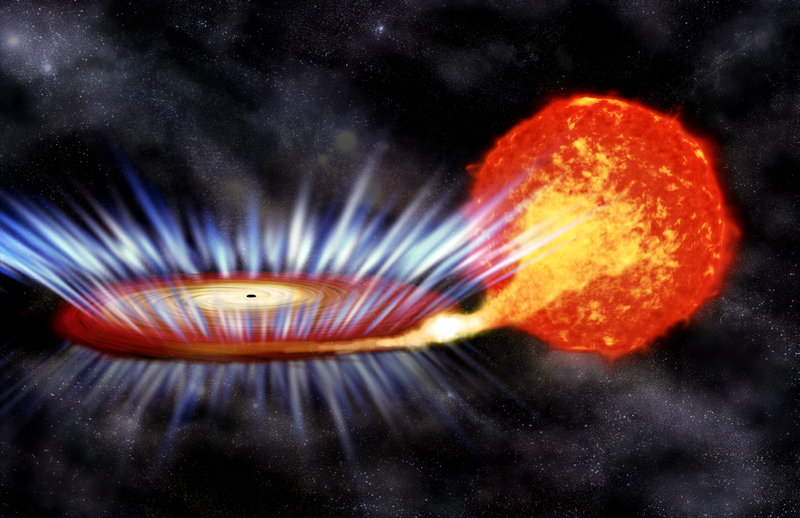High-redshift Active Galaxies and Meeting the Time-Domain Challenge
October 10th, 2025
NuSTAR Observes a Gamma-ray Blazar
August 29th, 2025
NuSTAR Observes an Unusual Transient
July 18th, 2025
NuSTAR Observes Active Galactic Nuclei with XRISM
June 27th, 2025
May 30th, 2025
NuSTAR Observes a Black Hole X-ray Binary
May 23rd, 2025
Distant Flares and Nearby Remnants
April 18th, 2025
NuSTAR Investigates Jet Launching
March 28th, 2025
February 28th, 2025
Neutron star magnetic fields and black hole winds
February 21st, 2025
Teaming Up To Observe the Perseus Cluster
February 7th, 2025
Extreme Variability at the Edge of the Universe
January 14th, 2025
How Many Black Holes Are Hiding? NASA Study Homes in on Answer
January 13th, 2025
November 8th, 2024
NuSTAR Observes an Extremely Luminous Quasar
November 1st, 2024
NuSTAR Reveals Black Hole Shredding A Star
August 21st, 2024
Unveiling the Secrets of our Galaxy’s Supermassive Black Hole
July 15th, 2024
First Proof that "Plunging Regions" Exist Around Black Holes
May 16th, 2024
Clumpy Doughnuts around Supermassive Black Holes
March 21st, 2024
An X-ray Look at the Heart of Powerful Quasars
May 25th, 2023
NASA Gets Unusually Close Glimpse of Black Hole Snacking on Star
December 20th, 2022
NuSTAR is Working with IXPE to Reveal the Shape, Orientation of Hot Matter Around Black Hole
November 7th, 2022
A Decade of NuSTAR: What Its X-Ray Vision Has Taught Us
August 3rd, 2022
Black holes can tell us the expansion rate of the Universe
November 10th, 2021
NuSTAR and XMM-Newton See Light Echo from Behind a Black Hole
August 4th, 2021
Uncovering the Hidden Black Holes
June 25th, 2021
Telescopes Unite in Unprecedented Observations of Famous Black Hole
April 14th, 2021
A Tale of Two Coronae: Solving the Mystery of the “Soft Excess”
March 26th, 2021
Shredded star may have caused luminous X-ray transient in a galaxy far, far away
March 12th, 2021
After-Flare Detected from Black Hole Dance
October 13th, 2020





























